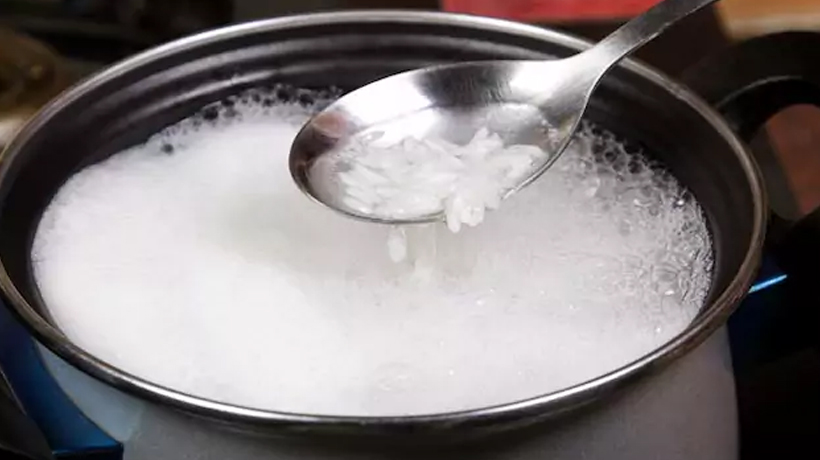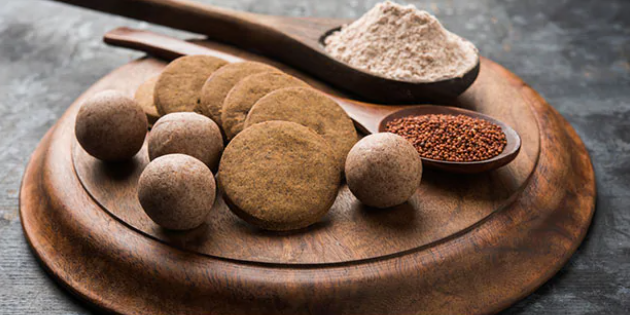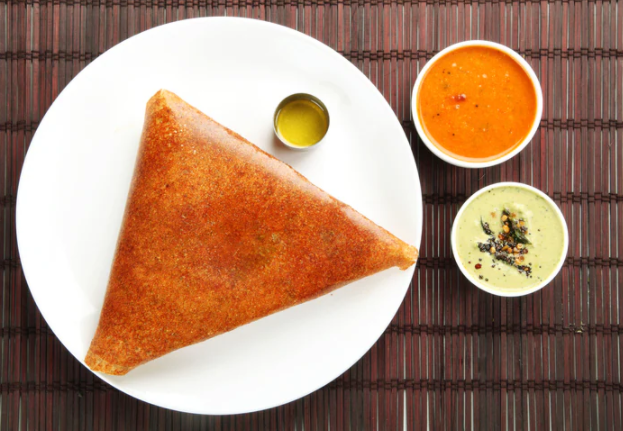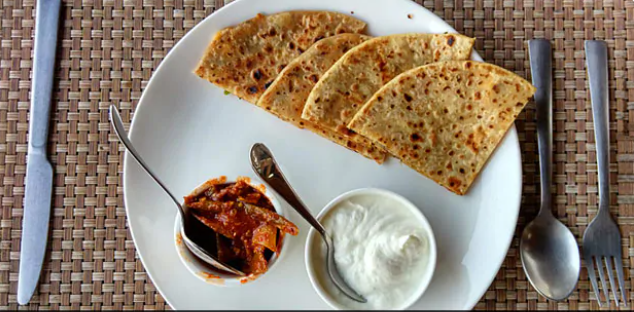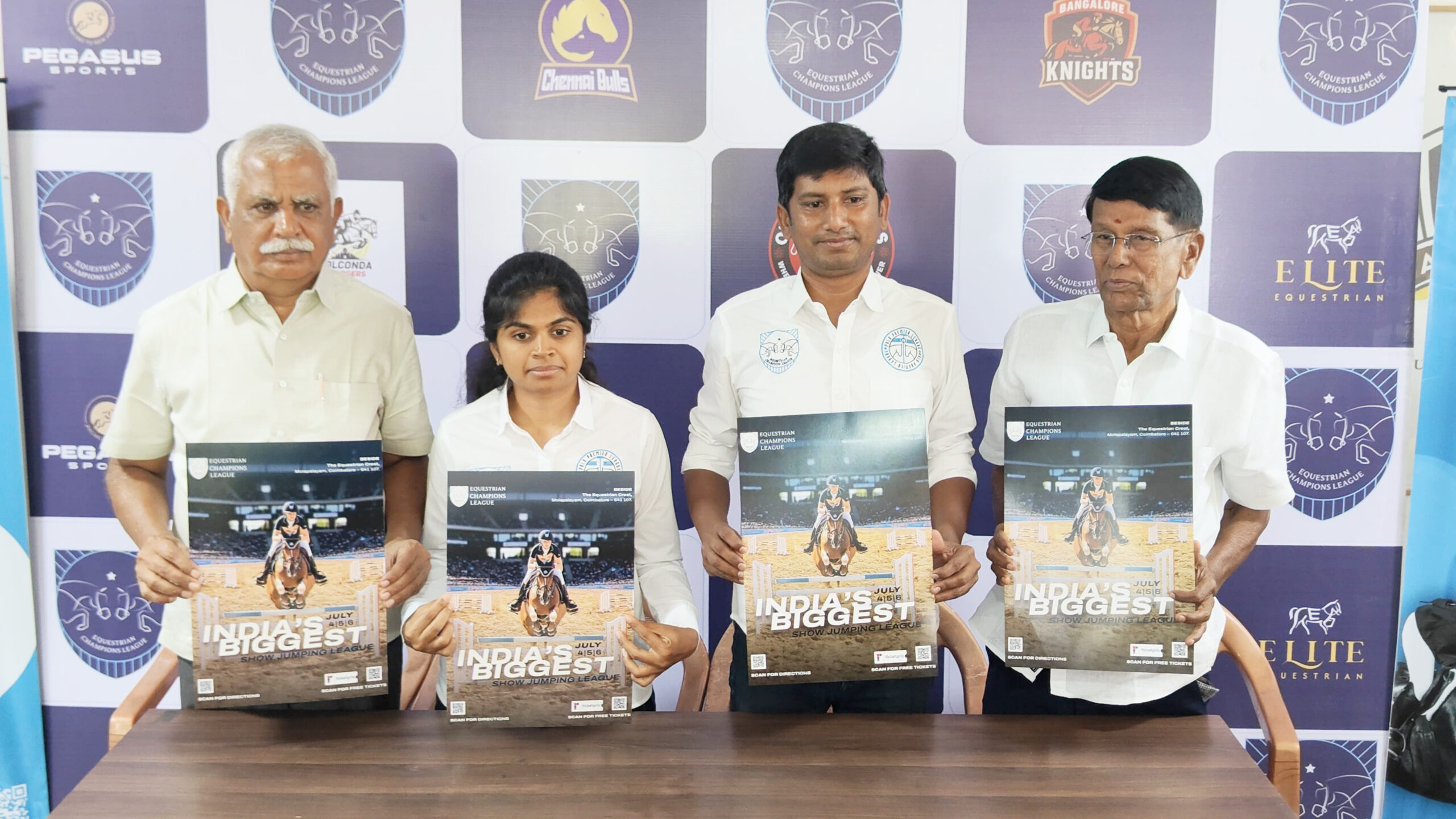Trending Now
- “If Edappadi Palaniswami permits, a thousand young members from the Virudhunagar district AIADMK are prepared to take up arms and engage in battle under my command.” – Former AIADMK Minister Rajendra Balaji
- “India is ready to deal with any counter-attack by Pakistan” – Wing Commander Vyomika Singh
- Central govt orders extension of CBI Director Praveen Sood’s tenure for another year
Health Matters
A Diabetic’s Guide To Eating Rice; Here’s How You Can Cook Starch-Free Rice
![]() June 1, 2018
June 1, 2018
Diabetes is one of the most common health conditions prevalent in the country. According to the World Health Organisation (WHO), the total number of diabetics in the year 2000 stood at 31.7 million, and is expected to rise by more than 100 percent in the year 2030 to account to a whopping 79.4 million. Diabetes is a condition where a person is incapable of producing enough insulin or is not able to utilise the insulin present in the body. While diabetes was mostly considered a genetic pre-disposition, nowadays, it is mostly caused by the lifestyle we are leading in the modern times. It is characterised by prolonged elevated blood sugar levels, which can, in turn, lead to other health problems like cardiovascular diseases. This condition cannot be treated completely; however, can be regulated and managed with a few lifestyle changes and dietary tweaks.
Most health experts suggest cutting rice from a diabetic’s diet, considering it may affect the blood sugar levels. Rice forms an important part of most Indians’ diet, especially in south India, north and north-east India. It is generally suggested to cut down on rice because of the following reasons,
1.It is full of starch, which when consumed may lead to a spike in the blood sugar levels.
2.Secondly, it does not contain fibre, which is responsible for delaying the absorption of sugar and help regulate blood sugar levels.
3.It is a high glycaemic index food, which means foods with glycaemic index of 70 and above cause your blood sugar levels to spike.
4.It has carbohydrates that the body breaks down or converts into sugar glucose. Glucose, in turn, is absorbed into the bloodstream and with insulin; it travels into the cells of the body where it can be used for energy. However, diabetics cannot utilise the insulin, which further spikes blood sugar levels.
All these factors make rice quite the culprit for diabetics; but does this mean that one cannot eat rice at all? Here’s what our expert has to say. Rice for diabetes; a question that most of us have on our minds. According to Macrobiotic Health Coach, “A bowl of rice at lunch or dinner can be eaten. Ensure that you have dal and ghee with rice to reduce the rapid rise in blood sugar levels. A diabetic can eat both white and brown rice; brown rice is generally recommended, considering it has more fibre content; however, it may sometimes prove to be an irritant in the gut. Traditional Ayurvedic healing diets include white rice and never brown as white rice is easier to digest with nutrients easily available to the body.”
According to American Diabetes Association, starchy foods can be a part of a healthy meal plan, but portion size is key. Whole grain breads, cereals, pasta, rice and starchy vegetables like yam, potatoes, peas and corn can be included in your meals and snacks. In addition to these starchy foods, fruits, beans, milk, yogurt, and sweets are also sources of carbohydrates that count in your meal plan.





